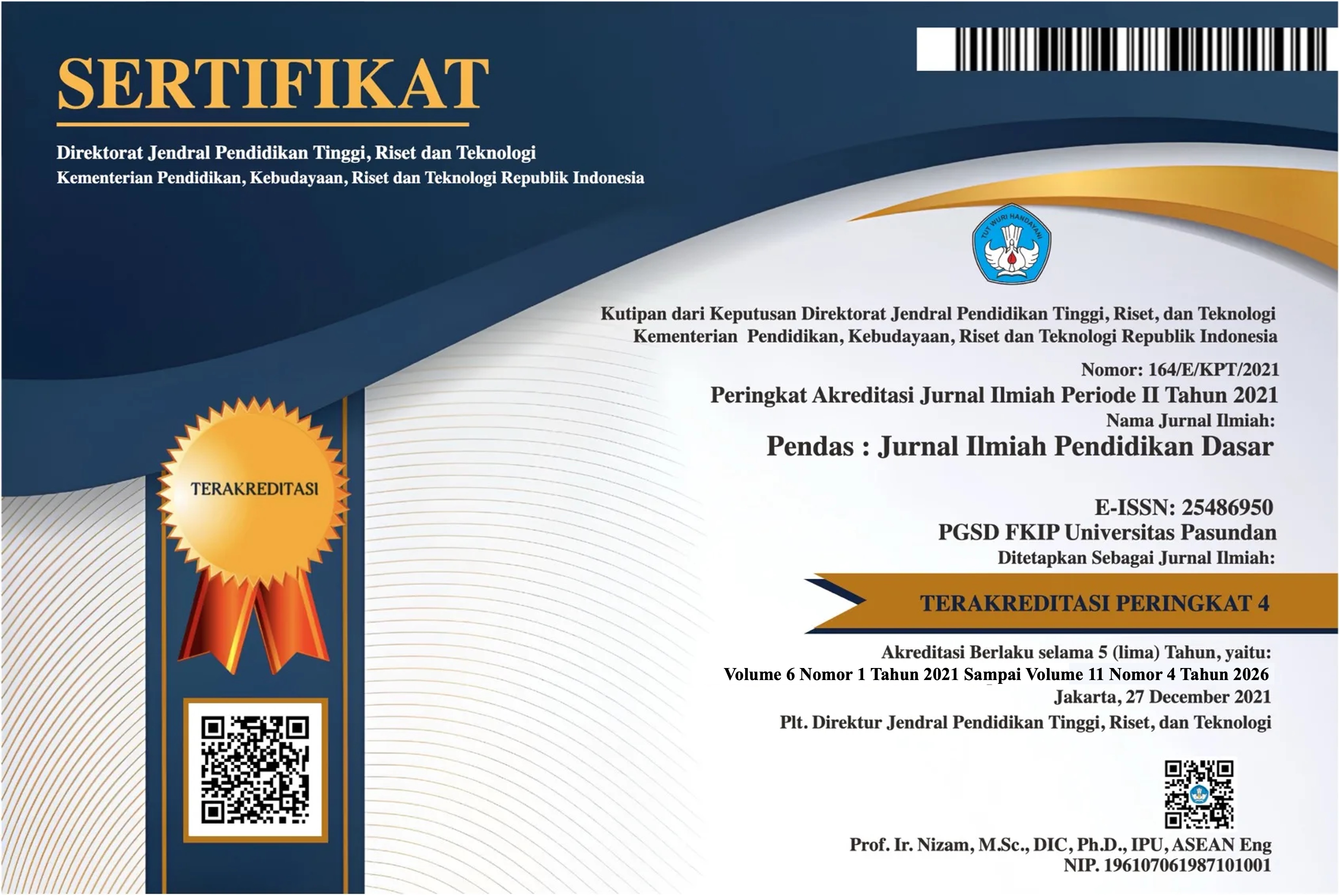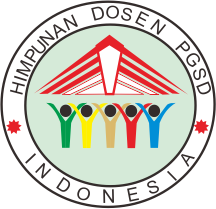PENGUKURAN TINGKAT KONDISI FISIK MENGGUNAKAN BATTERY TEST PADA PEMAIN FUTSAL UNGGUL FC MALANG
DOI:
https://doi.org/10.23969/jp.v9i2.17796Keywords:
Battery Test, Futsal, Physical ConditionAbstract
This study aims to determine the Level of Physical Condition Using Battery Test on Unggul FC Malang Futsal Players. This study is included in the type of descriptive research with a quantitative approach. The sample in this study were KU athletes trained by Unggul FC Malang, The research variable is the physical condition of KU Unggul FC Malang futsal players, with the instrument used in the form of a series of physical condition tests through Battery Test which includes strength, flexibility, speed, and agility. The results of the battery test for flexibility obtained an average of 18.11 ± 7.97, an average speed of 3.31 ± 0.16, an average agility of 16.52 ± 0.74, and an average strength of 41.83 ± 0.74. The conclusion of this study is that the physical condition of Unggul FC Malang futsal players is in a fairly good category, although there is still room for improvement, especially in terms of flexibility which has large variations among players. A more specific and targeted training program is needed to improve each component of physical condition so that team performance can be more optimal.
Downloads
References
Arikunto, S. (2010). Prosedur Penelitian: Suatu Pendekatan Praktik. Rineka Cipta.
Bosco, C. (1985). Strength Assessment with the Bosco's Test. Journal of Sports Medicine and Physical Fitness, 25(4), 416-426.
Feland, J. B., Myrer, J. W., Schulthies, S. S., Fellingham, G. W., & Measom, G. W. (2001). The Effect of Duration of Stretching of the Hamstring Muscle Group for Increasing Range of Motion in People Aged 65 Years or Older. Physical Therapy, 81(5), 1110-1117.
Little, T., & Williams, A. G. (2005). Specificity of Acceleration, Maximum Speed, and Agility in Professional Soccer Players. Journal of Strength and Conditioning Research, 19(1), 76-78.
Iturbide Luquin, P., & Elosua Olidén, P. (2017). Modern Developments in Futsal and Their Impact on Player Performance. Internasional Journal of Sports Science and Coaching, 12(3), 235-242.
Prastowo, A. (2010). Metode Penelitian Kuantitatif. Pustaka Pelajar.Berdejo-del-Fresno, D (2014). Strategi Pengembangan Kondisi Fisik dalam Olahraga. Journal of Sports Sciences, 31(2), 150 162.
Pujianto, A. (2015). Dasar-dasar Kondisi Fisik dalam Prestasi Olahraga. Journal of Physical Education, 9(1), 45-52.
Rachmalia, A. A., et al. (2022). Kondisi Fisik Atlet Voli Kota Bandung. Journal of Sports and Physical Education, 8(2), 123-132.
Reilly, T., Bangsbo, J., & Franks, A. (2009). Anthropometric and Physiological Predispositions for Elite Soccer. Journal of Sports Sciences, 18(9), 669 683.
Ridwan, A. (2020). Evaluasi Kondisi Fisik Pemain Sepak Bola. Journal of Human Kinetics, 33(4), 91-101.
Sheppard, J. M., & Young, W. B. (2006). Agility Literature Review: Classifications, Training and Testing. Journal of Sports Sciences, 24(9), 919 932.
Setiawan, D. (2013). Pentingnya Kondisi Fisik dalam Pengembangan Teknik dan Taktik. Journal of Physical Conditioning, 12(1), 75-82.
Wisloff, U., Castagna, C., Helgerud, J., Jones, R., & Hoff, J. (2004). Strong Correlation of Maximal Squat Strength with Sprint Performance and Vertical Jump Height in Elite Soccer Players. British Journal of Sports Medicine, 38(3), 285-288.
Yusuf, M., & Zainuddin, M. (2020). Pengaruh Kondisi Fisik terhadap Prestasi Atlet Futsal. Journal of Sports Performance, 5(3), 225-234.
Downloads
Published
Issue
Section
License
Copyright (c) 2024 Pendas : Jurnal Ilmiah Pendidikan Dasar

This work is licensed under a Creative Commons Attribution 4.0 International License.



















